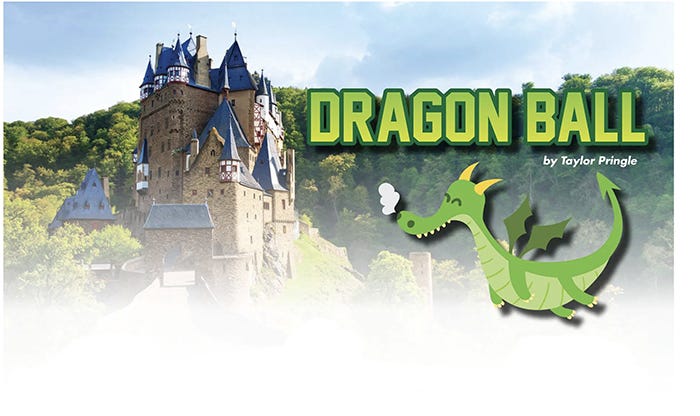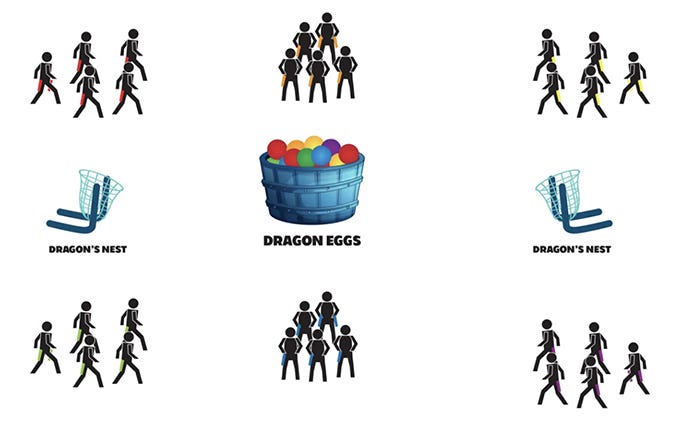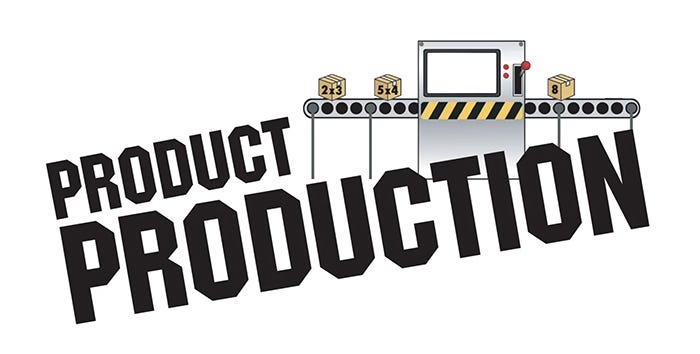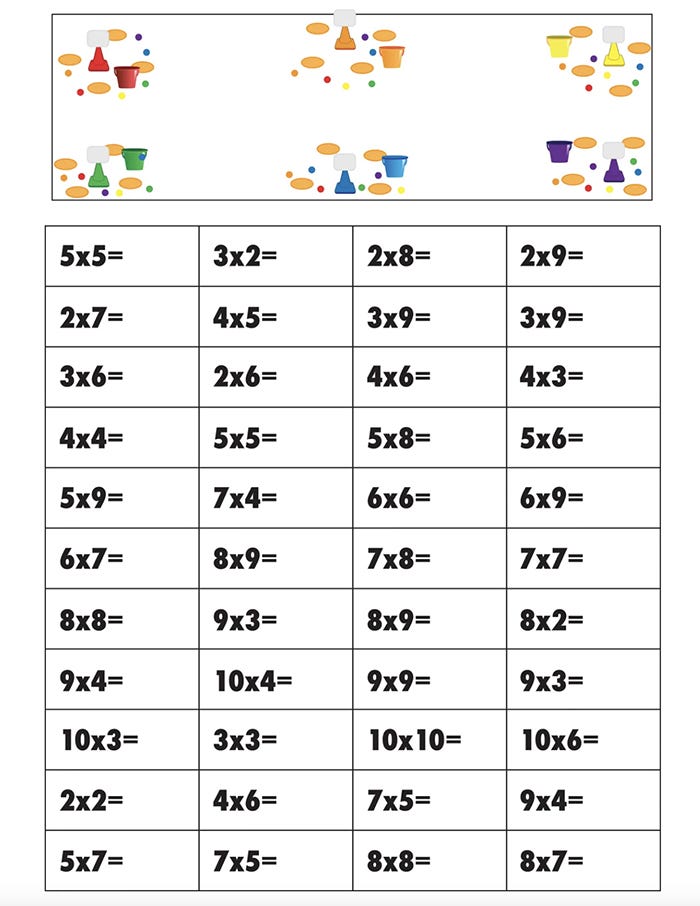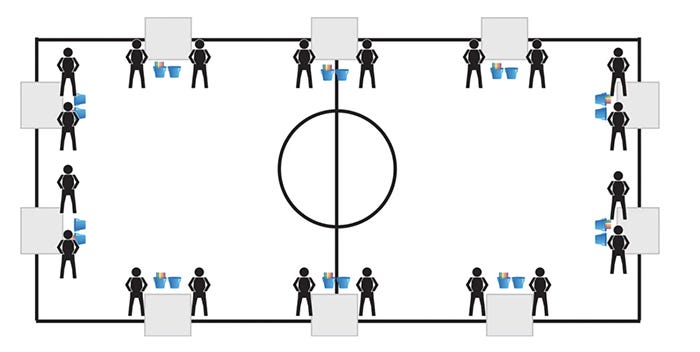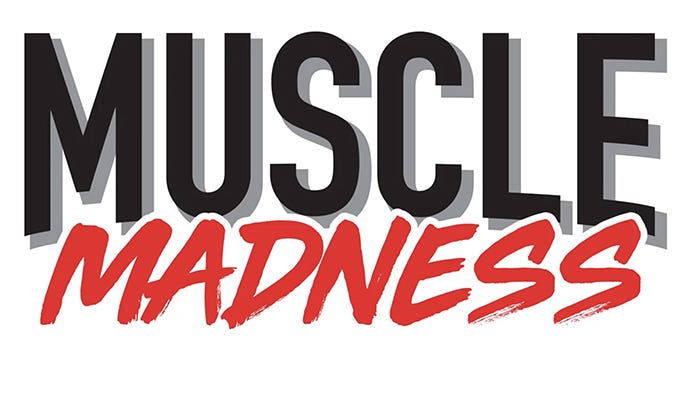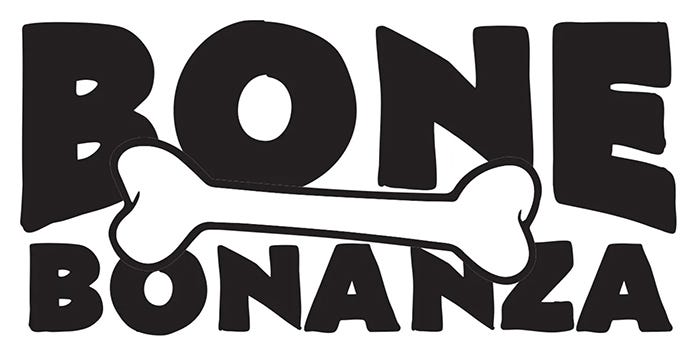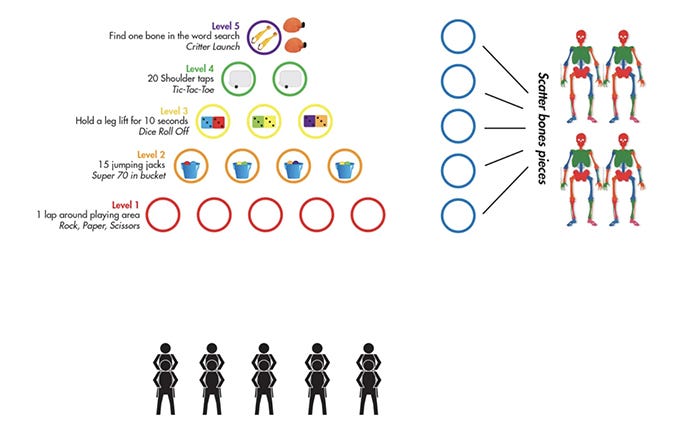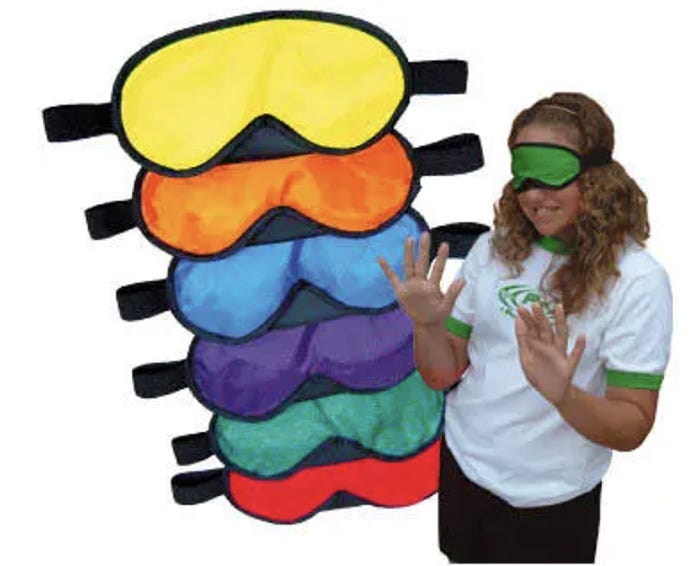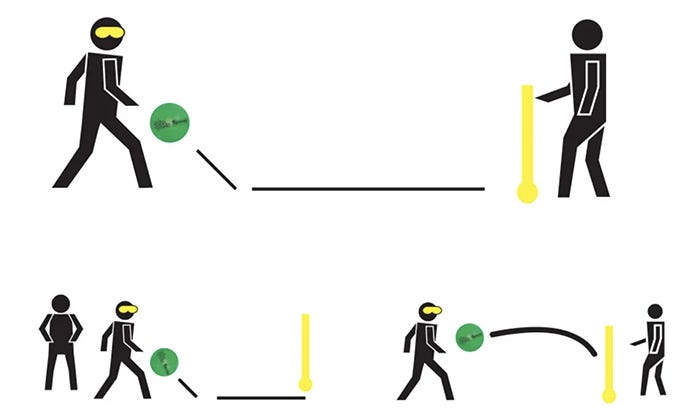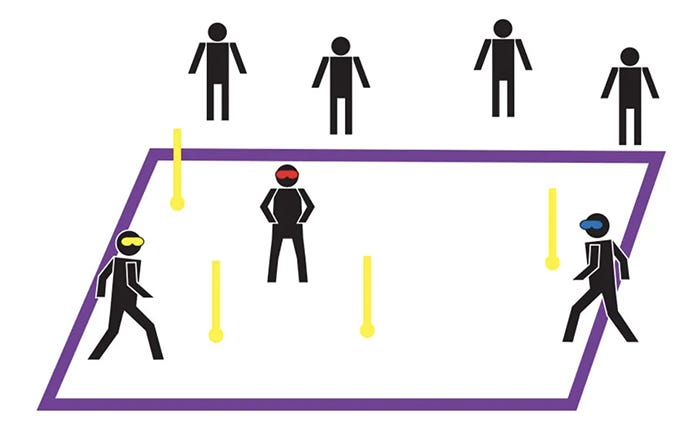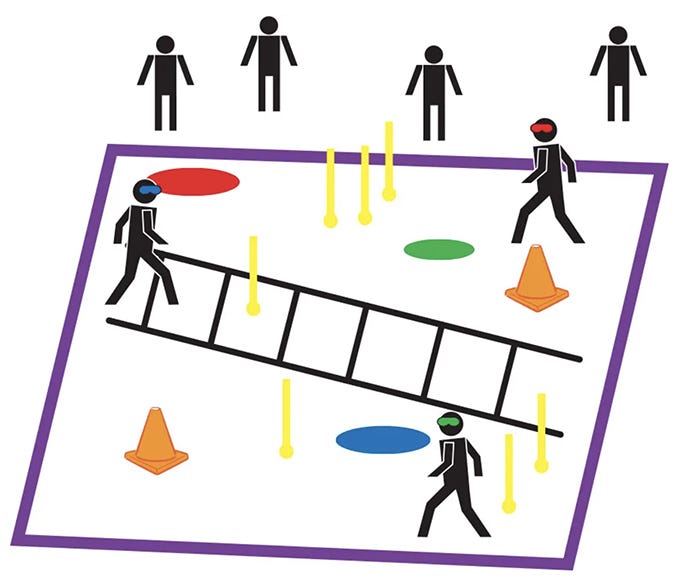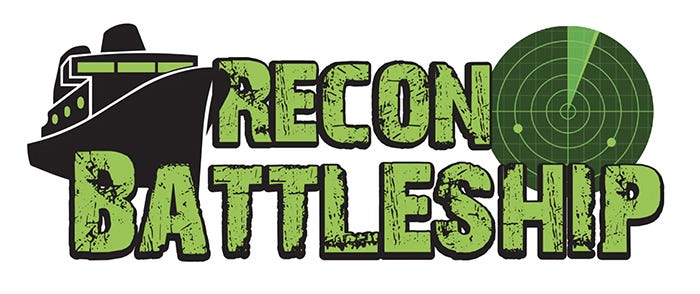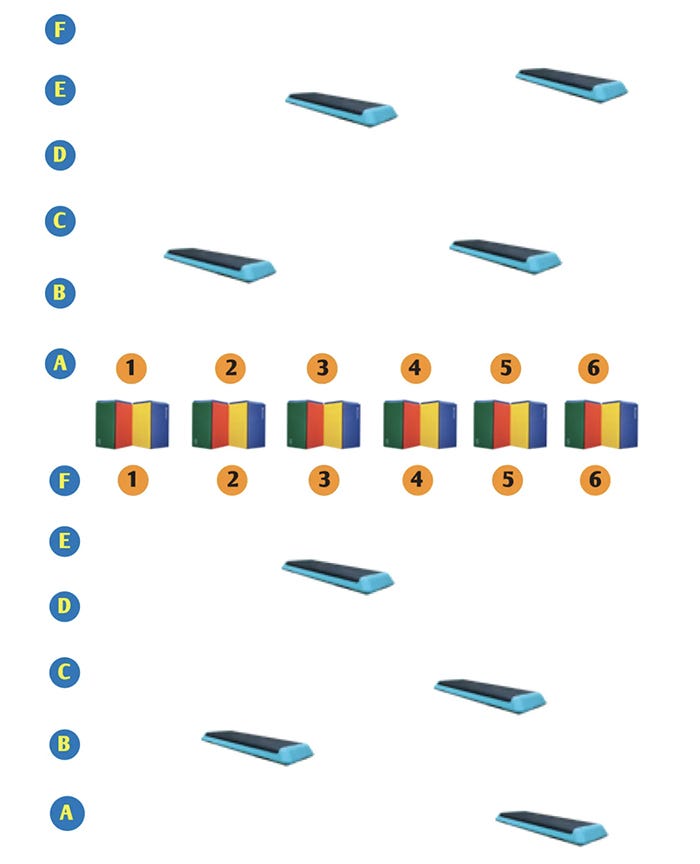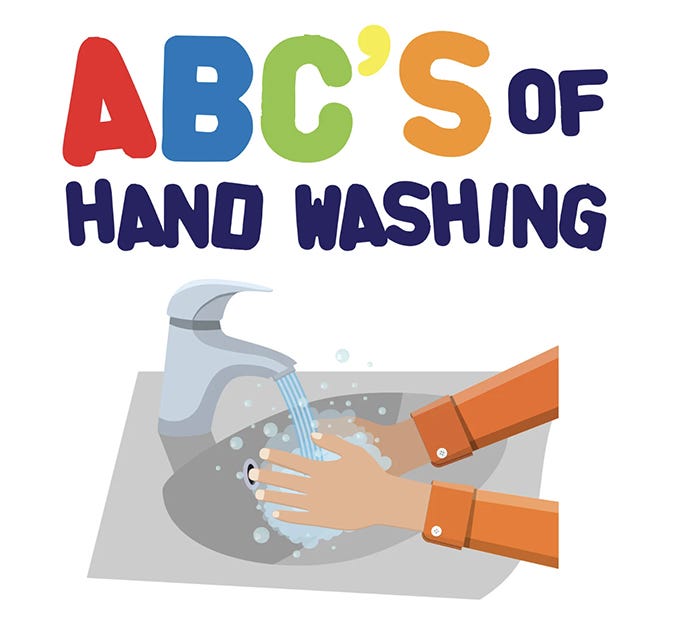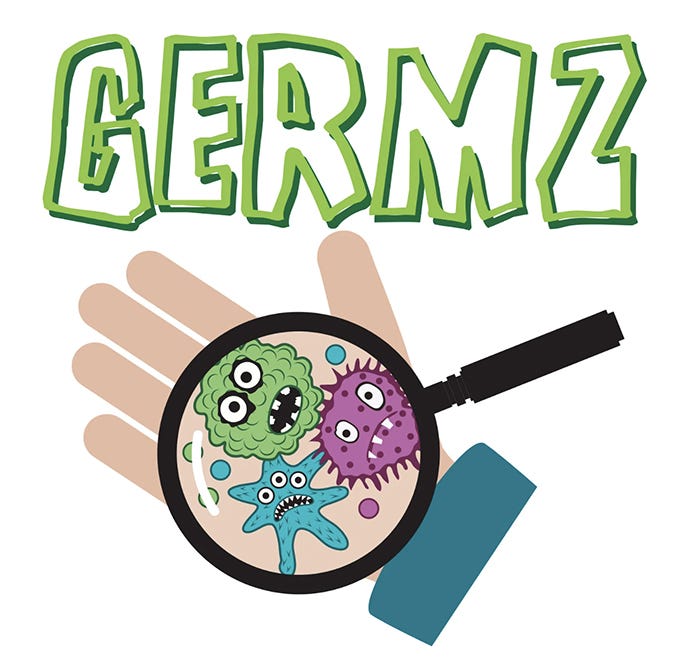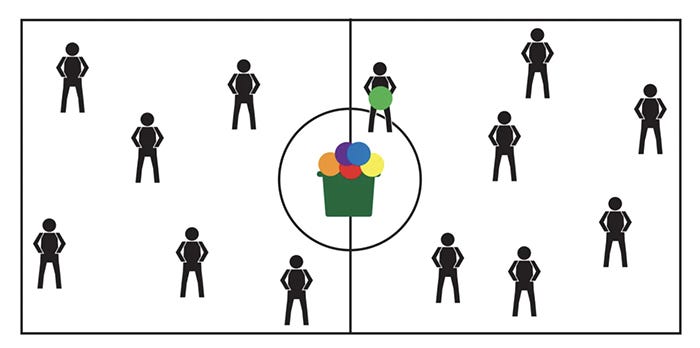Break the Code
- By School Health
- Oct 28, 2023
- 0 Comments




Set-up:
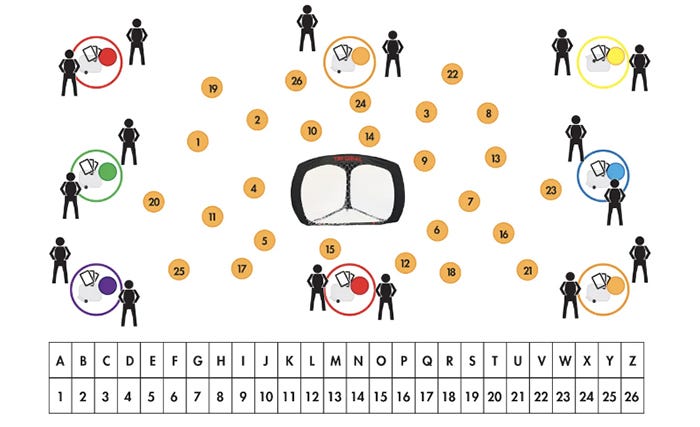

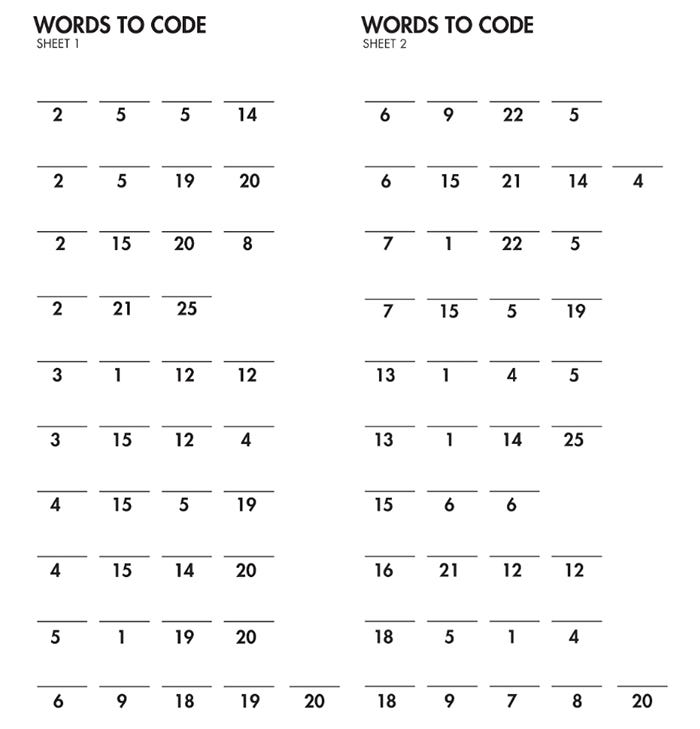

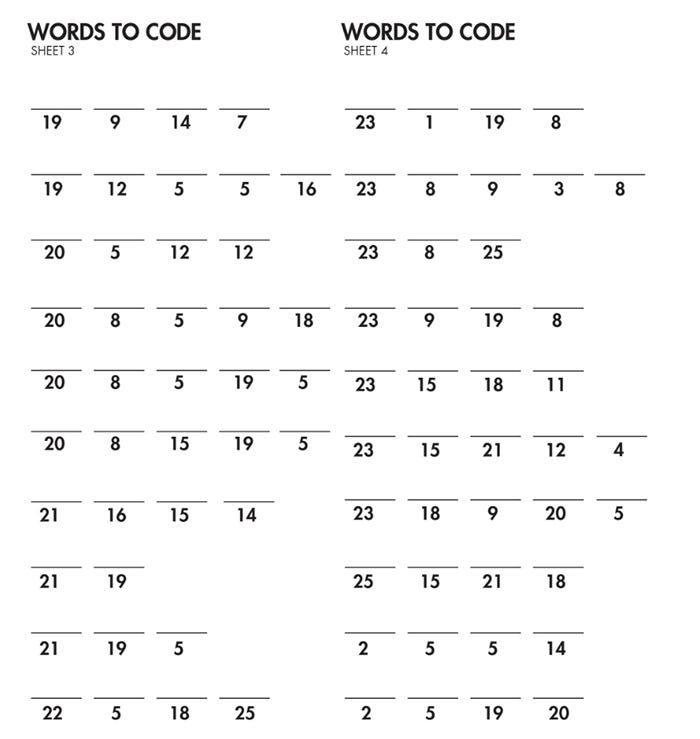

Break the Code
Be the first to break the code in this find and spell cross curricular game!
Objective:
For students to find the letters to spell a given sight word and earn points for their team using cross
curricular methods.
Grade level:
K-3
Equipment:
- 36” Hoops – dozen (14034-PS)
- Flex Flyer 4-6 Sets of 6 (11060-PS)
- Numbered Poly Spots (1-26) with a letter on the back (21200-PS)
- White marker-boards (21202-PS)
- Dry eraser markers
- TriGoal™ (16580-PS)
- Foam Tchoukball Set (16078-PS)
- RuffSKIN™ 70 Set (10485-PS)
- Code sheets
- Word cards
Set-up:
Put TriGoal™ in the center of the activity. Scatter the numbered spots around the tri-goal, make sure each spot has a letter on the bottom. Put hoops on the perimeter. In each hoop put a marker-board, marker, a ball, and code sheet.
Rules of the game/safety:
Send two students to each hoop. They should look at the code sheet in their hoop, determine who goes first, and then go to the numbered spot and try and score a goal. If you score a goal, look at the other side of the spot for your letter, and go back to your hoop. Write down the letter you earned. The next person then goes to another spot and tries to earn the next number/letter. Students should watch for personal space when retrieving their ball. If you get through your entire sheet, you can show the teacher, get a new sheet, and a new type of ball to send to goal.
Variations:
- Use sight words, spelling words from classrooms, or sports terminology to spell.
- You could add up the numbers too.
- You could put the balls on the spots to start instead of the hoops.

